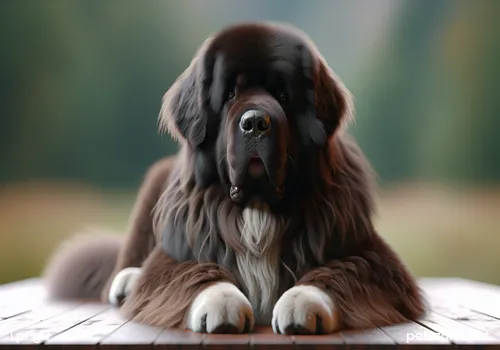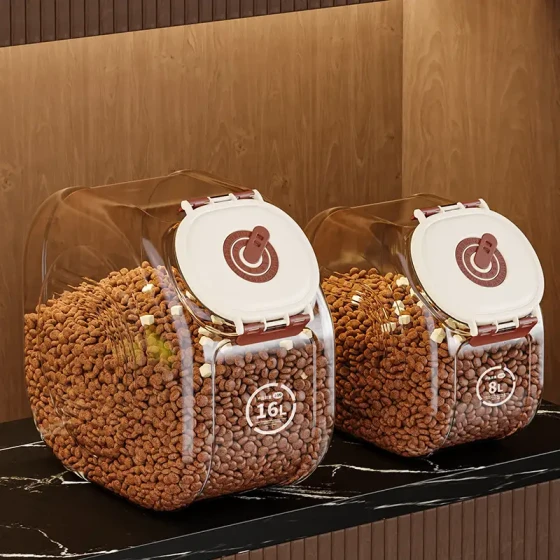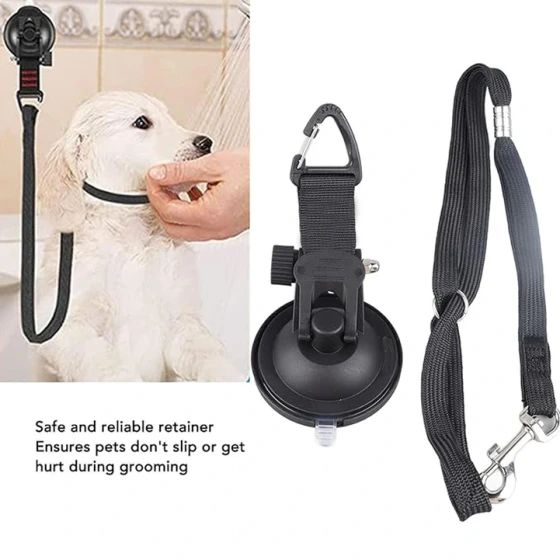Introduction to Relevant Information about the Clumber Spaniel

Clumber Spaniel
The Clumber Spaniel may be unfamiliar to many people. I also discovered it unintentionally while collecting information. The Clumber Spaniel is long-bodied, relatively low to the ground but heavy. Today, we will introduce the characteristics of this dog.
1. The Standard of the Clumber Spaniel
Overall Appearance: The Clumber Spaniel is a long-bodied, heavy, low-built dog. Its dense eyebrows, deep chest, straight front legs, powerful hindquarters, large bones, and good feet give it the strength and endurance to push through dense underbrush in pursuit of game. Its white coat allows hunters to see it within shooting range. It carries an aristocratic stature and a melancholy expression but shows great enthusiasm for work and play.
Size, Proportion, and Structure: Males stand about 48.3-50.8 cm at the shoulder and females about 43.2-48.3 cm. Males weigh between 31.75-38.56 kg, and females weigh between 24.95-31.75 kg. The Clumber Spaniel has heavy bones and a rectangular body. The length from the withers to the base of the tail compared to the height at the withers is approximately 11:9.
Head: The head is massive. Eyes are deep amber, large, with a gentle expression, deeply set in diamond-shaped rims or rims that form a 'V' shape at the bottom and curve at the top. Some show of the nictitating membrane is allowed. Prominent or round eyes will be penalized. Excessive tearing, indicating entropion or ectropion, will also be penalized. The ears are broad at the top and set low, lying close to the skull at eye level. The ears are triangular with rounded lower edges. The ears have a small amount of furnishings with straight hair, and the ear leather is thick. The skull is flat at the top, with a prominent occiput. There is a shallow groove between the eyes running upward through the center of the skull. The stop is marked, and the eyebrows are heavy. The muzzle is broad and deep, suited for picking up various game. The nose is large, square, with various shades of brown, including beige, rose, and cherry colors. The upper lip is extremely developed and overlaps the lower jaw, giving the side profile a square appearance. The scissors bite is excellent.
Neck, Topline, and Body: The Clumber Spaniel has a long neck. Some looseness or dewlap at the throat is not a fault. The neck is strong, muscular, and suited for a laid-back shoulder. The back is straight, firm, long, and level. The chest is deep and broad. The rib cage is expanded. The loin is slightly arched. The tail should be docked to maintain the adult dog’s overall proportions. The tail is just below the topline and usually carried level with the ground.
Forequarters: The Clumber Spaniel’s shoulder blade should be laid back. The length of the upper arm should allow the elbow to lie below the highest point of the shoulder blade. The front legs are short and straight, with heavy bones, and the elbows close to the body. The pasterns are strong and slightly angled. The feet are large and compact with thick shock-resistant pads. Dewclaws may be removed. For neatness and field use, the coat may be trimmed.
Hindquarters: The thighs are muscular and when viewed from behind, the hindquarters are round and broad. The stifle has a good angle and function. The hock to heel is short and perpendicular to the ground. The hind feet are not as large or round as the front feet but are compact with thick pads and fairly large.
Coat: The body coat is dense, straight, and lies flat, of good quality to withstand harsh climates, soft to the touch without being coarse. The ears have a small amount of straight furnishings. The leg and belly furnishings are moderate. The Clumber Spaniel has good length of hair under the neck, and the throat must never be shaved. The feet may be trimmed to reveal the natural outline, as well as the rear legs up to the hock. Tail furnishings can be brushed. Beard trimming is optional. Other areas must not be clipped or shaved.
Color and Markings: The Clumber Spaniel is basically white with lemon or orange markings. Single or double eyes or markings around white faces are equivalent. Small black spots on the muzzle and forelegs are common. Although markings near the base of the tail are common, fewer spots on the body are preferable.
Gait: The Clumber Spaniel moves lightly and freely, the front feet reach forward while the hind legs push powerfully, neither crossing nor with elbows turning outward. The hock advances in a straight line without wobbling or twisting. Because of its broad body and short legs, a slight swinging motion is observed. Proper Clumber Spaniel swinging happens when the reach of the front legs and the impetus of the rear legs are in correct proportion, with the hips turning under and the back staying level. The gait is relaxed and effortless, enabling the dog to maintain a steady trot in the field all day without fatigue.
Temperament: This dog is loyal and affectionate, sometimes reserved with strangers but never hostile or timid.
2. History of the Clumber Spaniel
Considering authoritative reports and our understanding of this breed, a complete and reasonable guess can be made—that its long, low body traces back to bloodlines of the Basset Hound, and its heavy head (with protruding nictitating membrane) contains early Alpine hunting dog bloodlines.
Even within the same litter, this old-fashioned land spaniel was named variously as 'Cocker Spaniel,' 'Springer Spaniel,' 'Cocker Springer Spaniel,' etc., but we have not found the name 'Clumber' used at that time. However, this does not mean the Clumber Spaniel developed later; on the contrary, it is regarded as one of the oldest spaniel breeds, developed for special purposes.
The Clumber Spaniel is said to have originated in France. The earliest recorded mention is in 1788 in "Le Retour de la Chasse" by François Witley, describing the Duke of Newcastle and his three Clumber dogs. During the French Revolution, the Duke of Noailles of France brought his carefully bred dogs to England for refuge, housing them in the kennels of Clumber Park, Nottinghamshire, owned by the Duke of Newcastle. This is where the breed name Clumber Spaniel originated.
In the district called 'Dacre,' the number of Clumber Spaniels was strictly controlled by British nobility. The Portland Duke’s beloved dogs 'Lord Argieser and Ilspenser' were likely descendants of dogs from Clumber Park. Prince Albert, consort to Queen Victoria, developed interest in the Clumber Spaniel after observing their performance at the Duke of Newcastle’s estate. After Edward VII purchased Sandringham House in 1861, he honored his loyal Clumber dogs with the title 'Sandringham.'
The Clumber Spaniel was first shown in England in 1859. In 1844, Captain Witherbury of the army introduced the Clumber Spaniel to Canada while stationed with the Royal 97th Regiment in Halifax (the breed was introduced in the United States slightly earlier). In 1878, the Clumber Spaniel was first registered by the American Kennel Club (AKC). Before AKC’s formation, dog breed registrations existed in the US for a long time. AKC collected three pedigree record books to compile the "Stud Book," first published continuously from 1887.
At the turn of the century, when England made standards for the Clumber Spaniel, the exposed nictitating membrane was controversial. Some believed it made the eyes vulnerable to injury during motion, while others insisted it was a typical trait of the oldest breed. The current AKC standard states: "Slight exposure of the nictitating membrane is permissible."
The Clumber Spaniel is a relatively slow worker, with a distinctly swinging gait as described in the standard—a comfortable gait that allows steady trotting all day in the field without fatigue. It is particularly suited for working in dense woods, able to silently approach game. When trained, it is an excellent retrieving hunting dog.




-560x560.webp)
